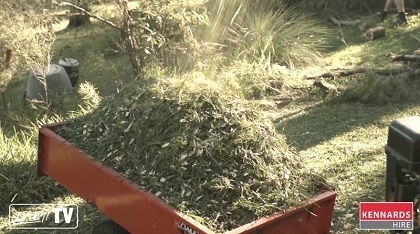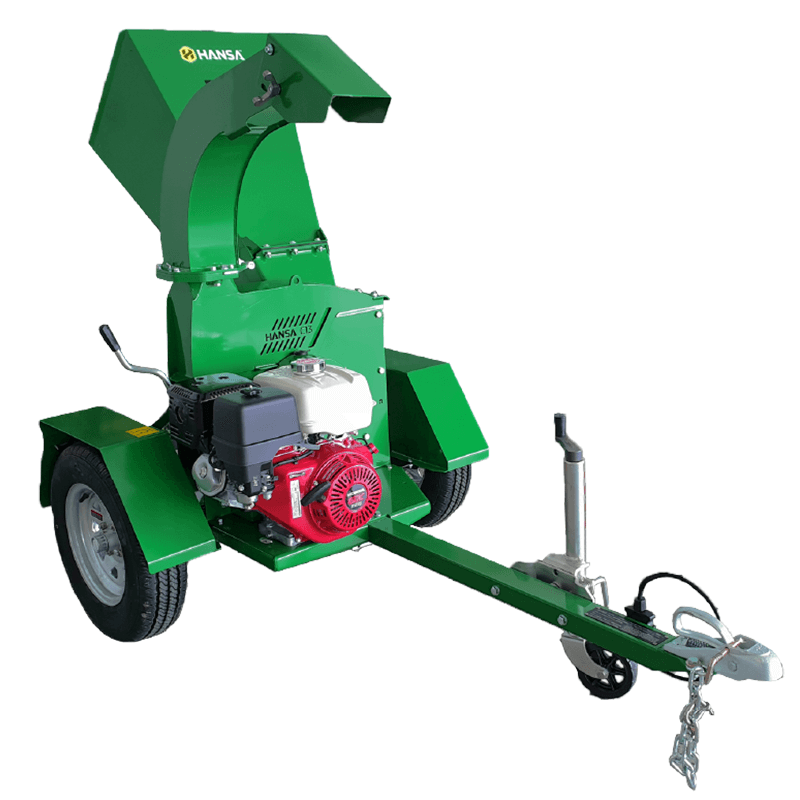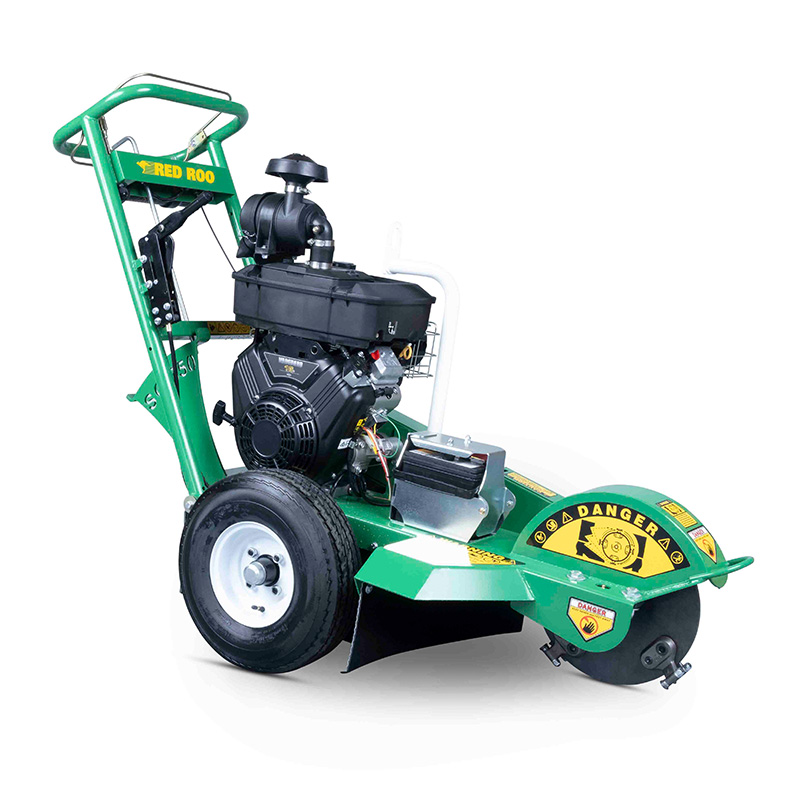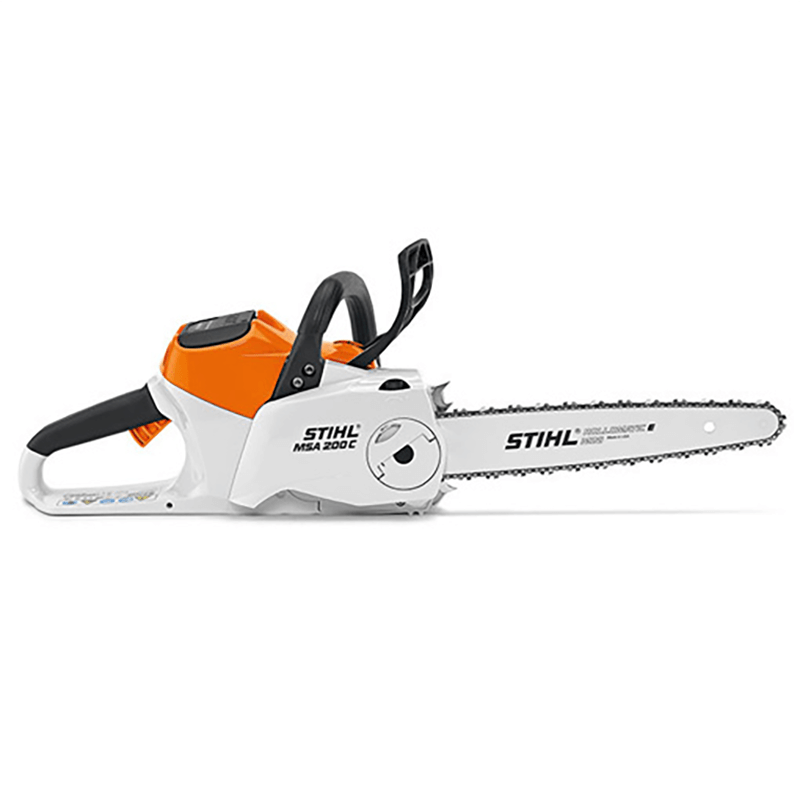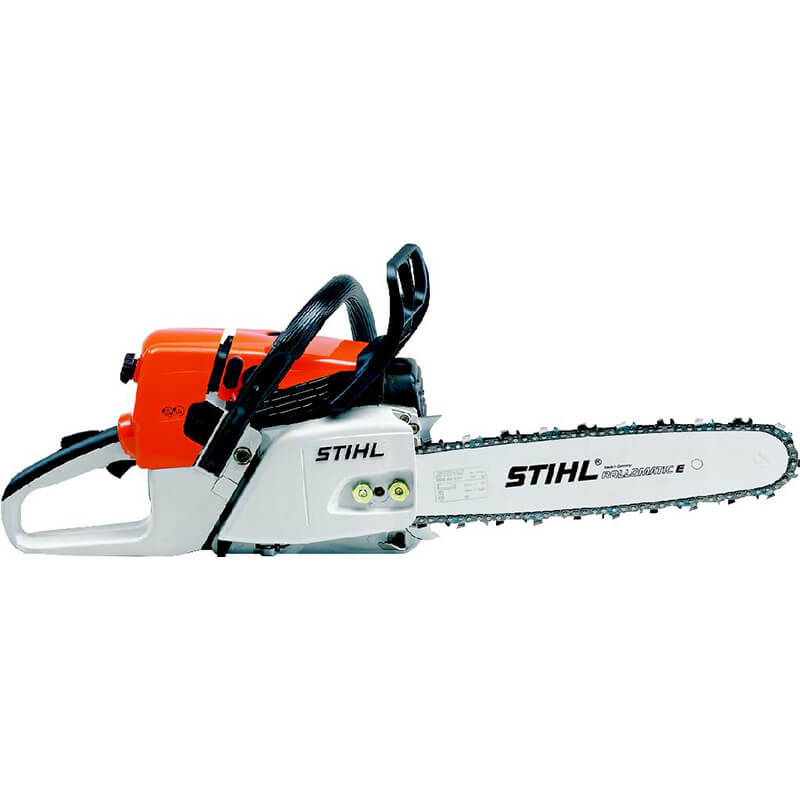Small Tree Removal: A How to Guide
How-To
Steps
Step 1: Safety First!
cannot accidentally walk into your work space. They won't be wearing the same protective equipment as you and could be seriously injured if they walk into the path of a falling trunk, branch, or spray of wood chips. Cordon off an area with cones or a piece of rope and make sure everyone knows not to approach if you're operating the machinery.
People and pets aren't the only things that can be damaged though - your house or cars are at risk if the tree is nearby. Move your cars onto the street or into a garage, and make sure any lopping will allow the tree to fall away from the house, your fence, or any garden area. If it cannot, you're better off taking the tree down in smaller sections so the trunk and branches don't potentially damage property.
Cutting down trees takes more than just a chainsaw and a hard yakka attitude to get the job done right. You need the right equipment, a safe work area, and advice on how to operate the equipment effectively and without causing damage to anything in the area.
Step 2 - Safe operation of machines
For all of the machines you use for cutting down trees on your property, you must be aware of the operating procedures, including emergency shut-off and direction of debris deposit. For example, if you're using a wood chipper and somebody accidentally walks into the area the chips are being blown, you'll need to know how to immediately stop the machine.
Take some time before you start lopping trees to familiarise yourself with the safe operation of each piece of equipment.
You should be wearing appropriate clothing, along with all of the right safety kit. Full-length pants and a shirt are vital to protect your skin, steel-toe boots keep your feet safe and a hard-hat will stop falling debris damaging your head. Make sure you also have safety gloves, goggles, a dust mask and ear plugs. You may need additional safety gear depending on the equipment you’re using.
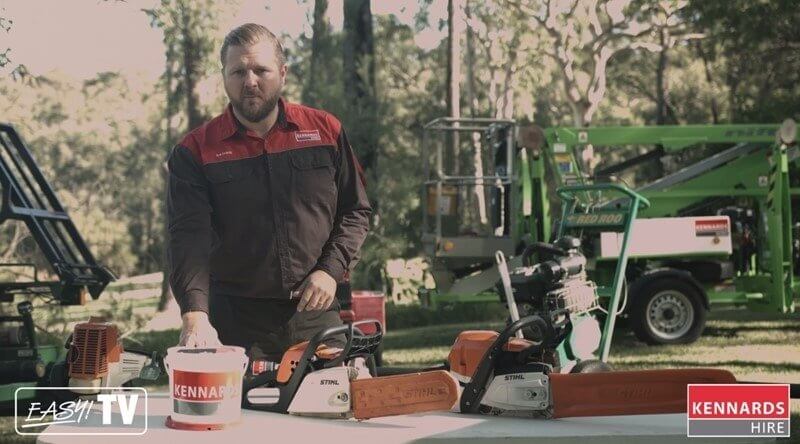
Step 3 - Create a fall hinge with a chainsaw
For the smallest trees on your to-do list, you may only require a small chainsaw. A small tree with room to fall on your property without causing damage needs only a small wedge taken out of the base, and a hinge cut taken out of the back. The wedge that you cut from the base should face the direction that you want the tree to fall - that small piece you cut out will weaken the trunk and force it to fall in a safe direction.
The hinge cut should be made right behind the wedge on the opposite side of the trunk. You won't need to saw all the way through the tree for it to fall.
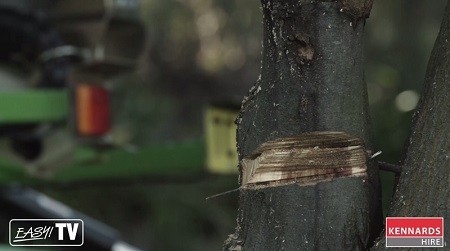
Step 4 - Cut the larger branches into smaller pieces
Step 5 - Use a Stump Grinder to remove the base of the tree
Once you’ve removed the bulk of the tree, it’s now time to prepare the stump for grinding. With a large chainsaw, cut the remaining part of the trunk off at the base, just above ground level. You don't want the chain to go into the dirt at all, but you do want a flat cut.
Before firing up the stump grinder to finish off the job, you need to ensure the tool will be able to operate efficiently around the remaining stump. Using a shovel, clear away some of the dirt and debris from the base of the trunk, and remove any rocks from the area. The stump grinder may be damaged if it is forced onto a rock.
The stump grinder has an adjustable handle so you can set it to the operator's height, an ignition/kill switch, and one lockable wheel so the machine can rotate over the stump. Every sweep over the stump should drop a further 10-20 millimetres. Once you've made some progress, move the machine out of the way and clear some more debris so you can keep getting clean grinds.
Once the stump is below ground level, rake some of the surrounding dirt and wood chips over it to make the surface level.
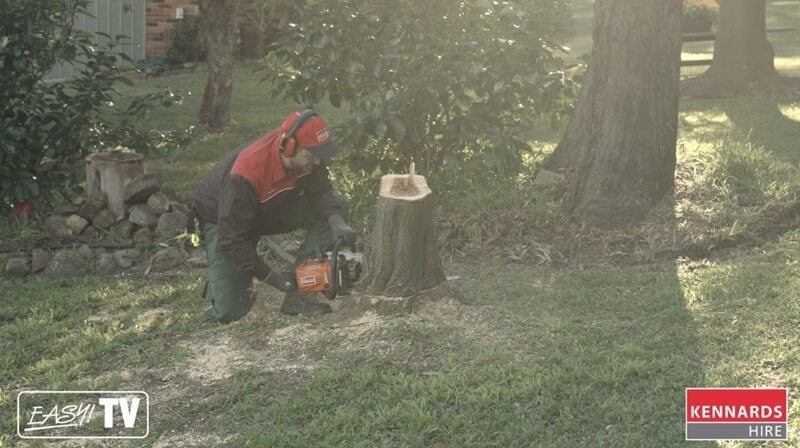
Step 6 - Turn Tree Trimmings into Mulch
Now is an ideal time to take your smaller branches from step 3 and give them new life as mulch using a wood chipper.
The wood chipper should have a diagram that shows the maximum diameter of branch it can chip. The larger branches and thicker pieces of wood can be split and made into firewood, for example.
A bushy, thick tree is great for mulch, which you can spread around your garden to keep it looking fresh. You don't have to get rid of every single waste product from your lopped tree! Once all of the branches are a suitable size to be fed into the machine, adjust the sprayer so that wood chips that come out the side of the machine are directed toward an appropriate place (that might be a small pile, spread over your whole garden, or into a wheelbarrow).
Safely cutting down a small tree is easy with Kennards Hire. We have all the equipment you need to get the job done right, and the staff at your local branch will run you through the safe operation of each machine as well as give you tips on how best to lop a tree.
To learn more about how best to lop a small tree on your property, and for all the right tools and safety equipment, head into your local Kennards Hire branch today.
